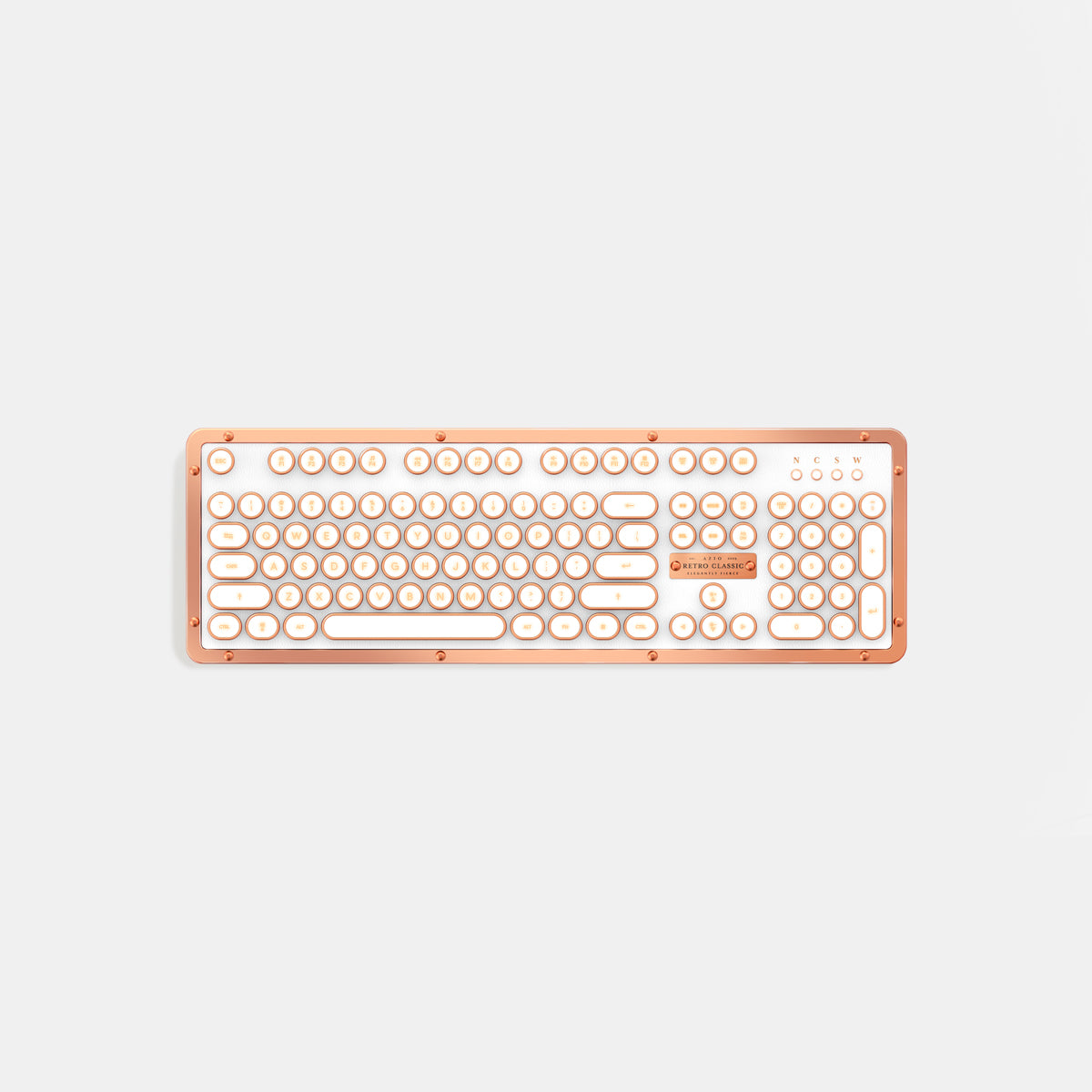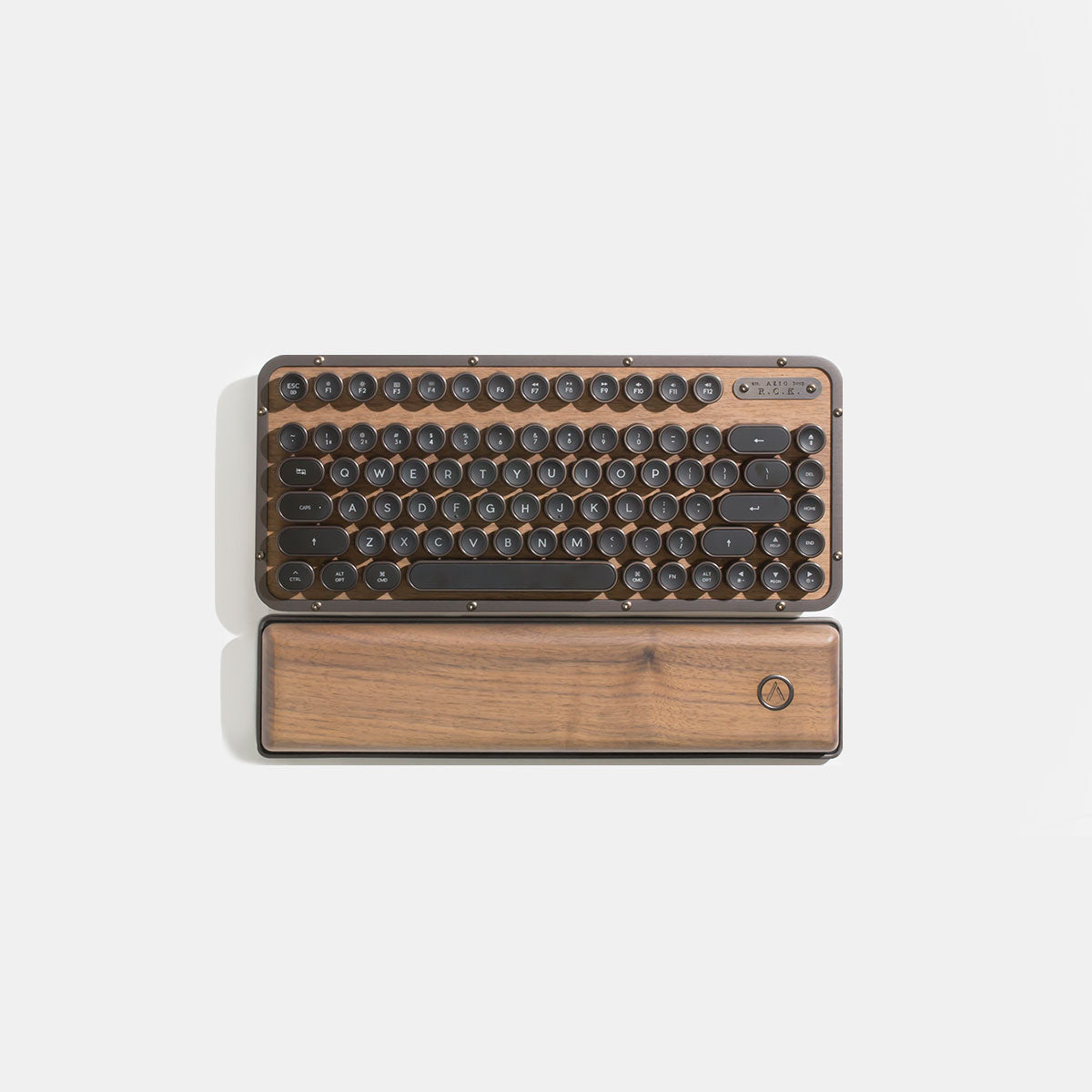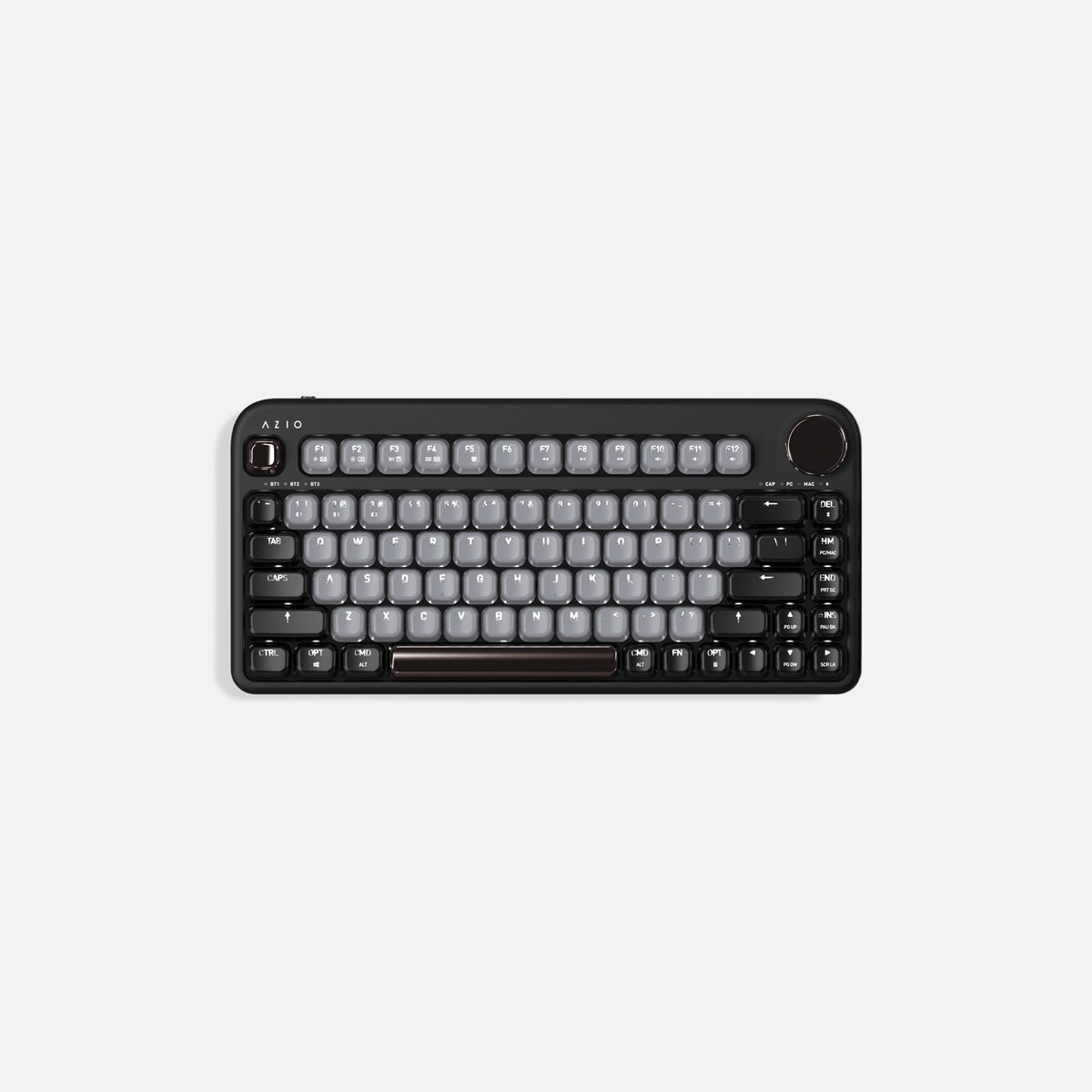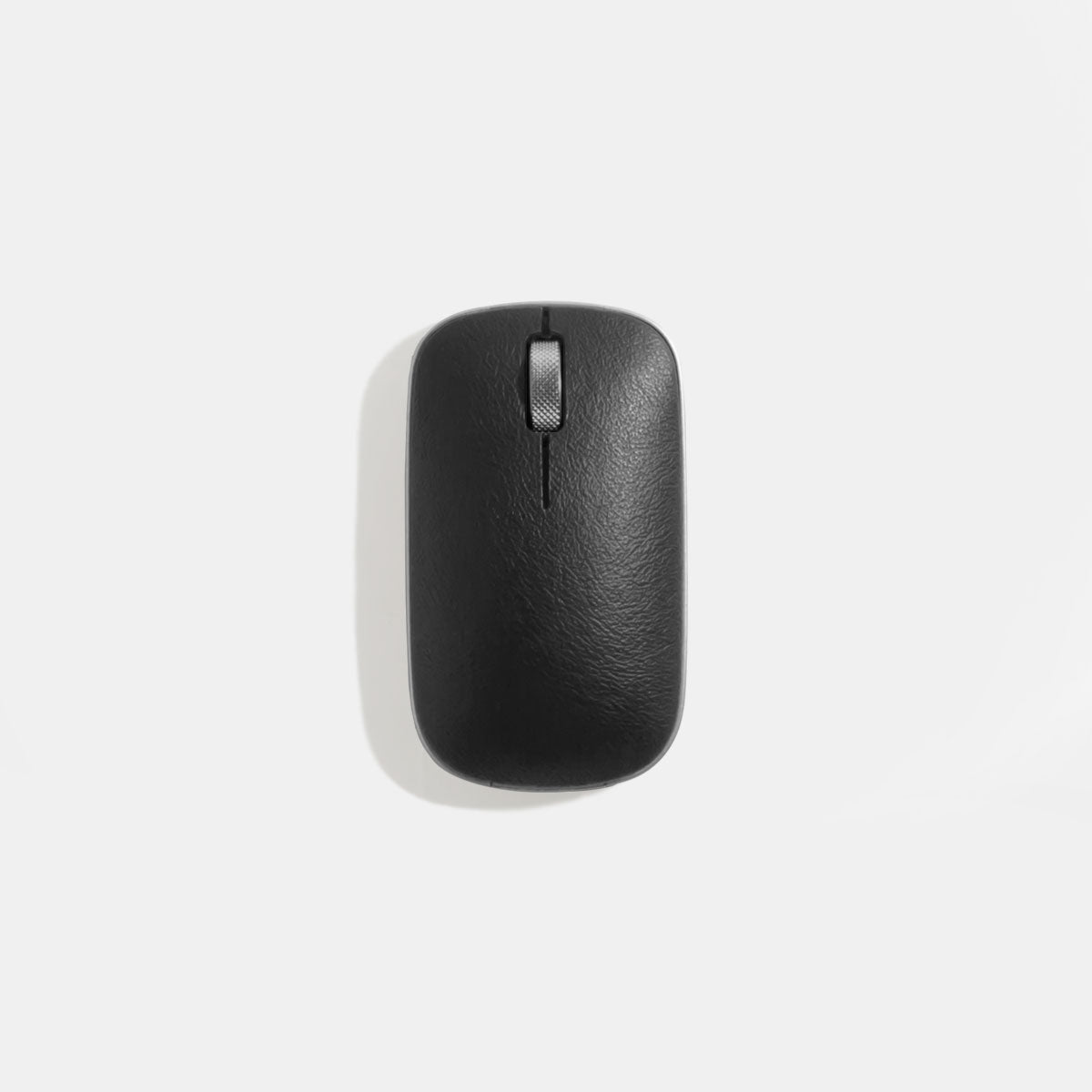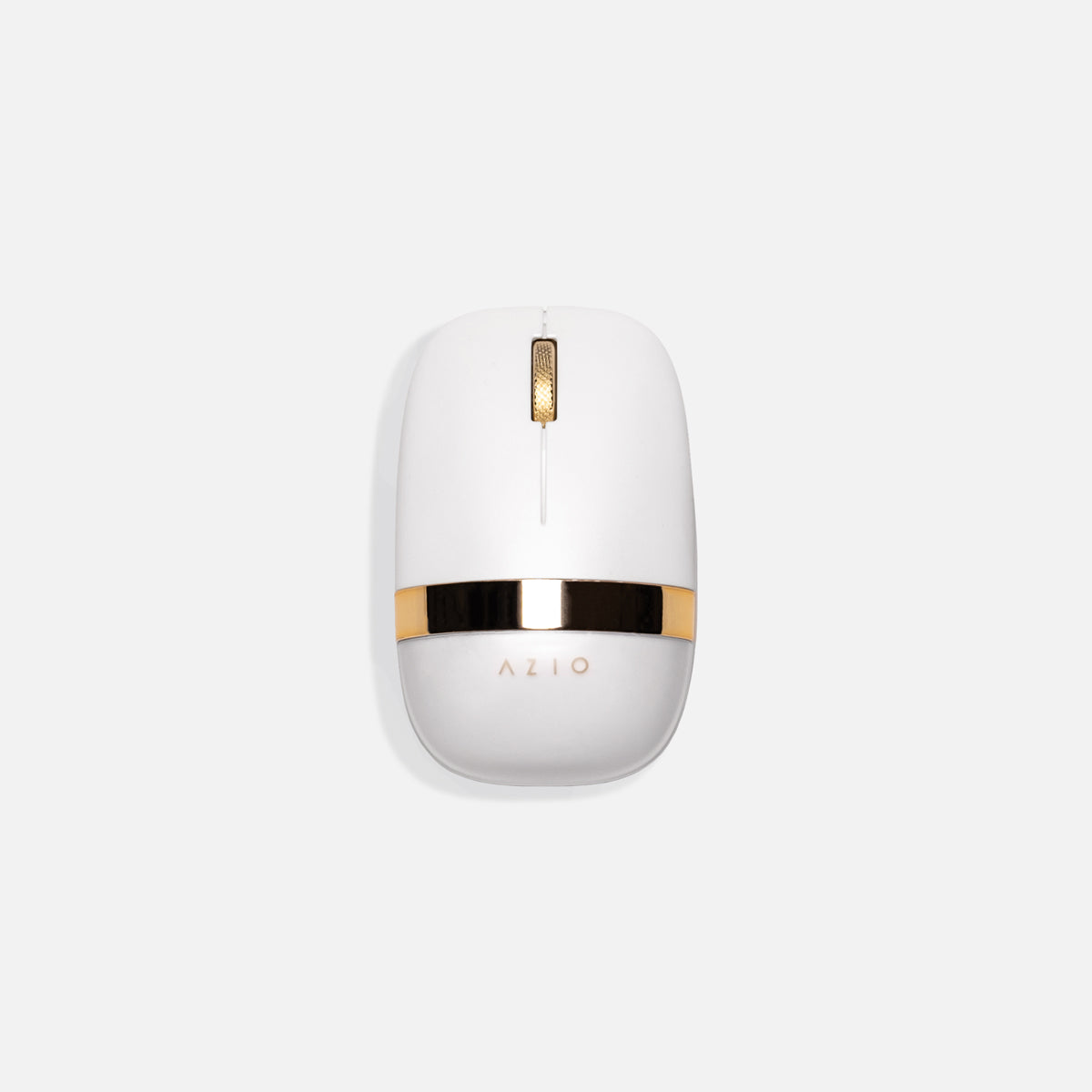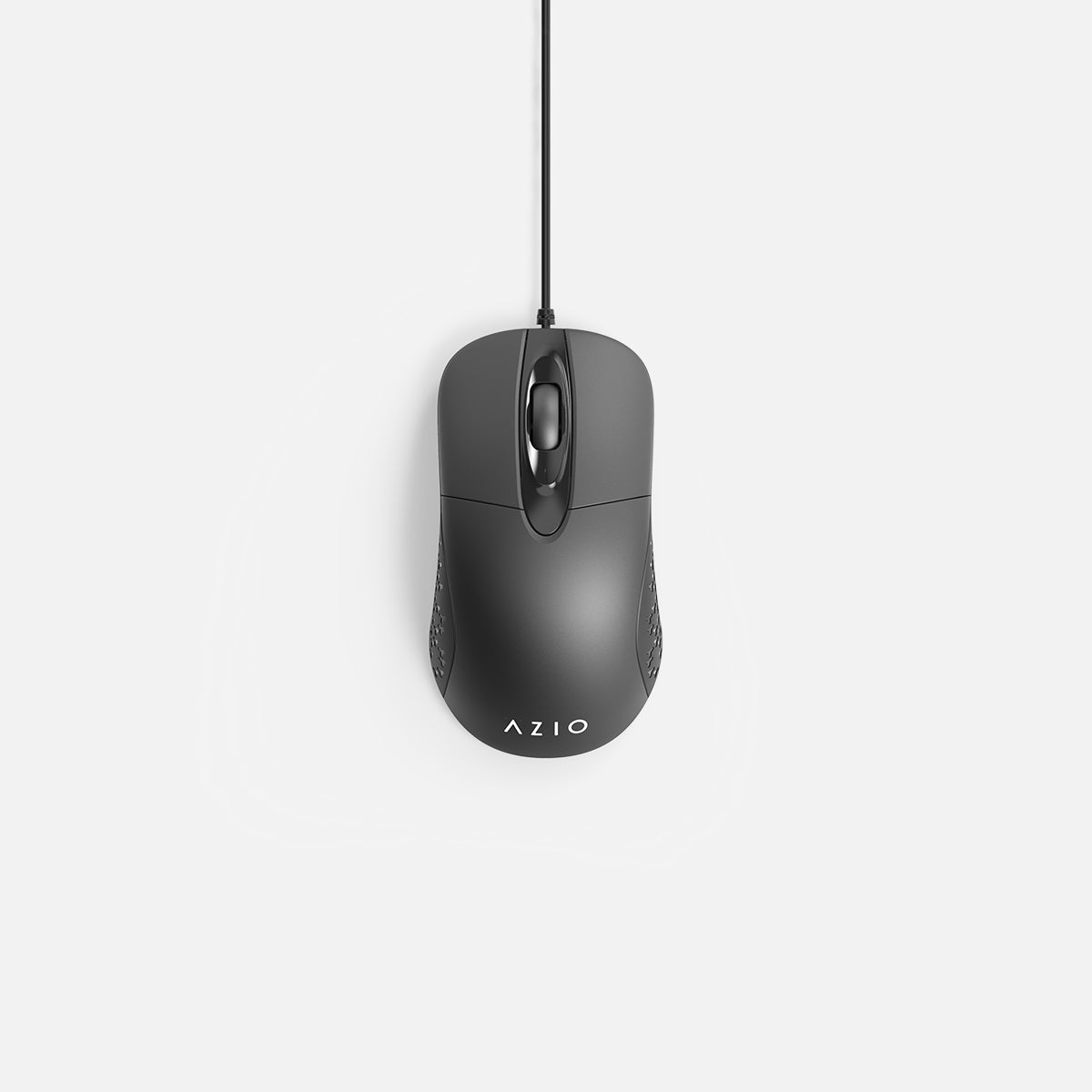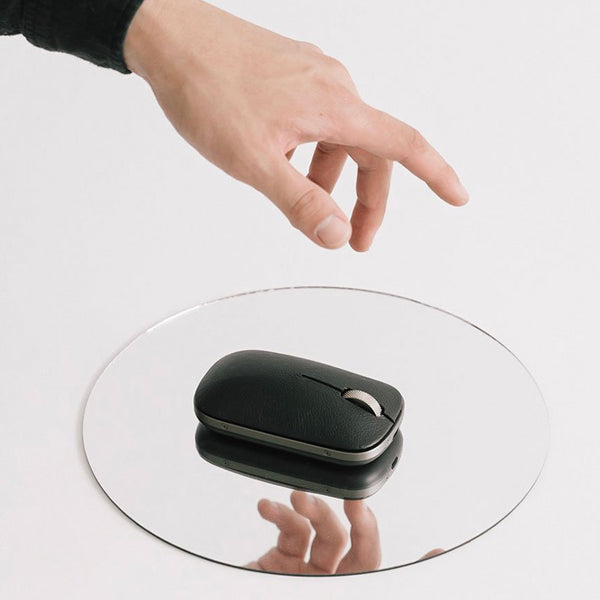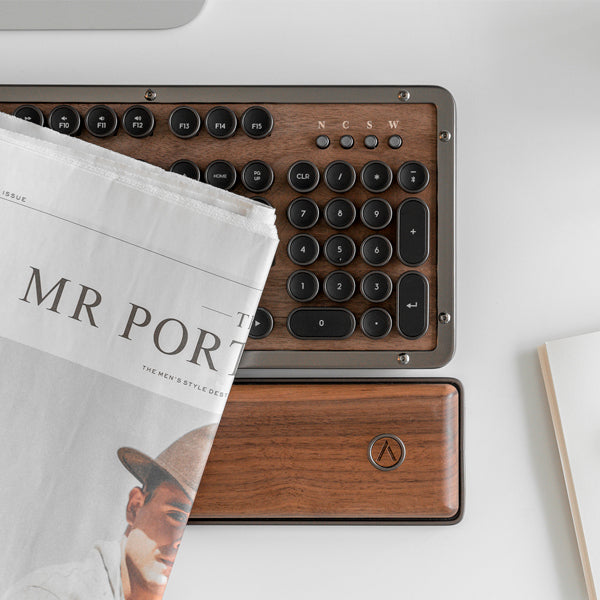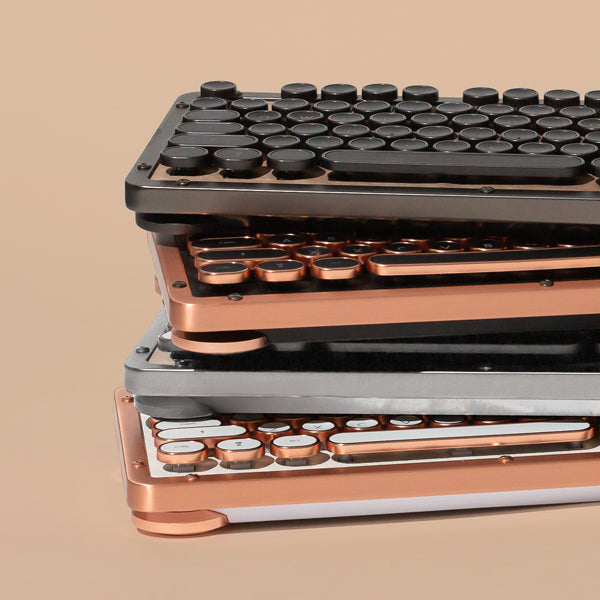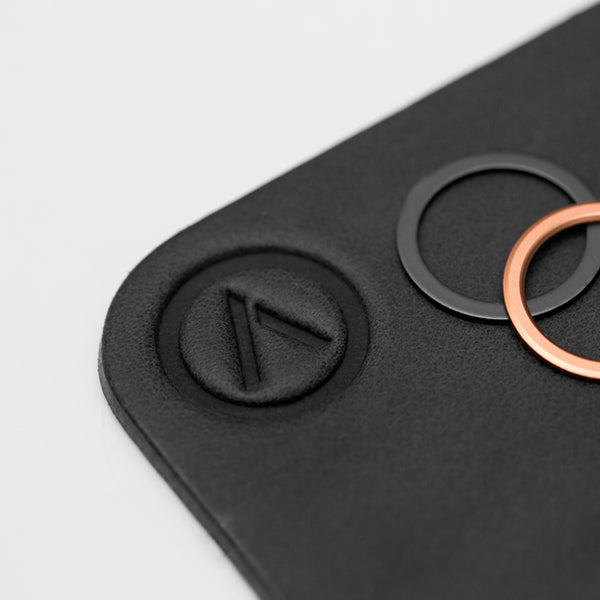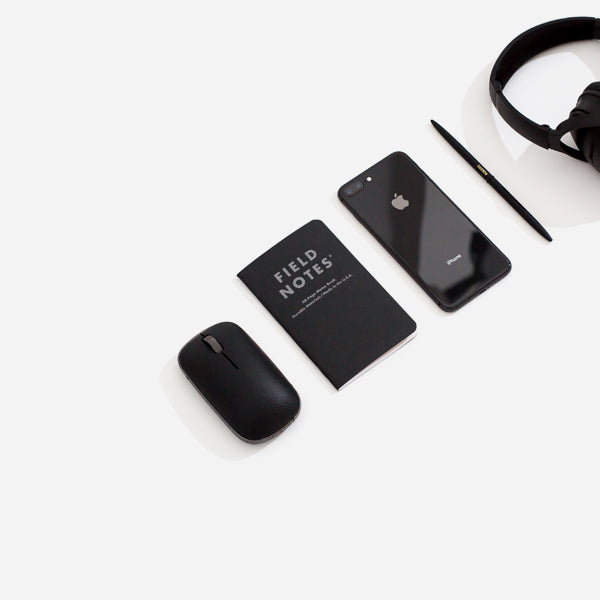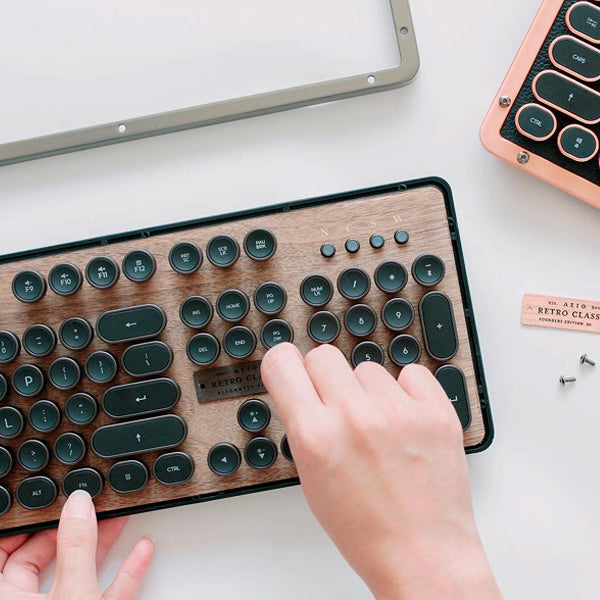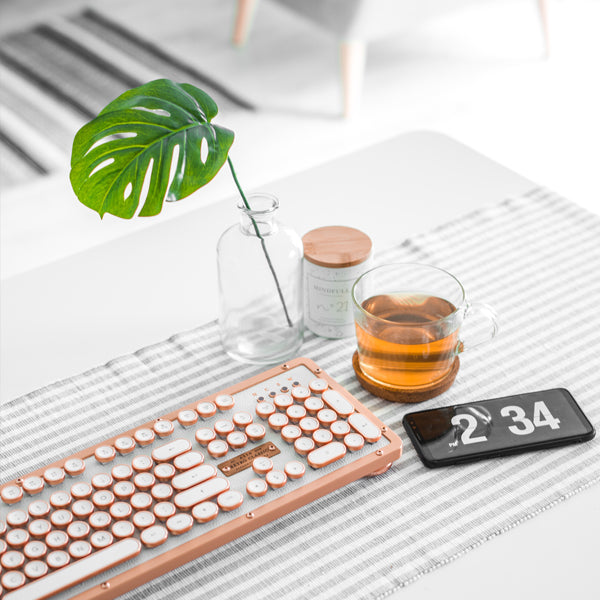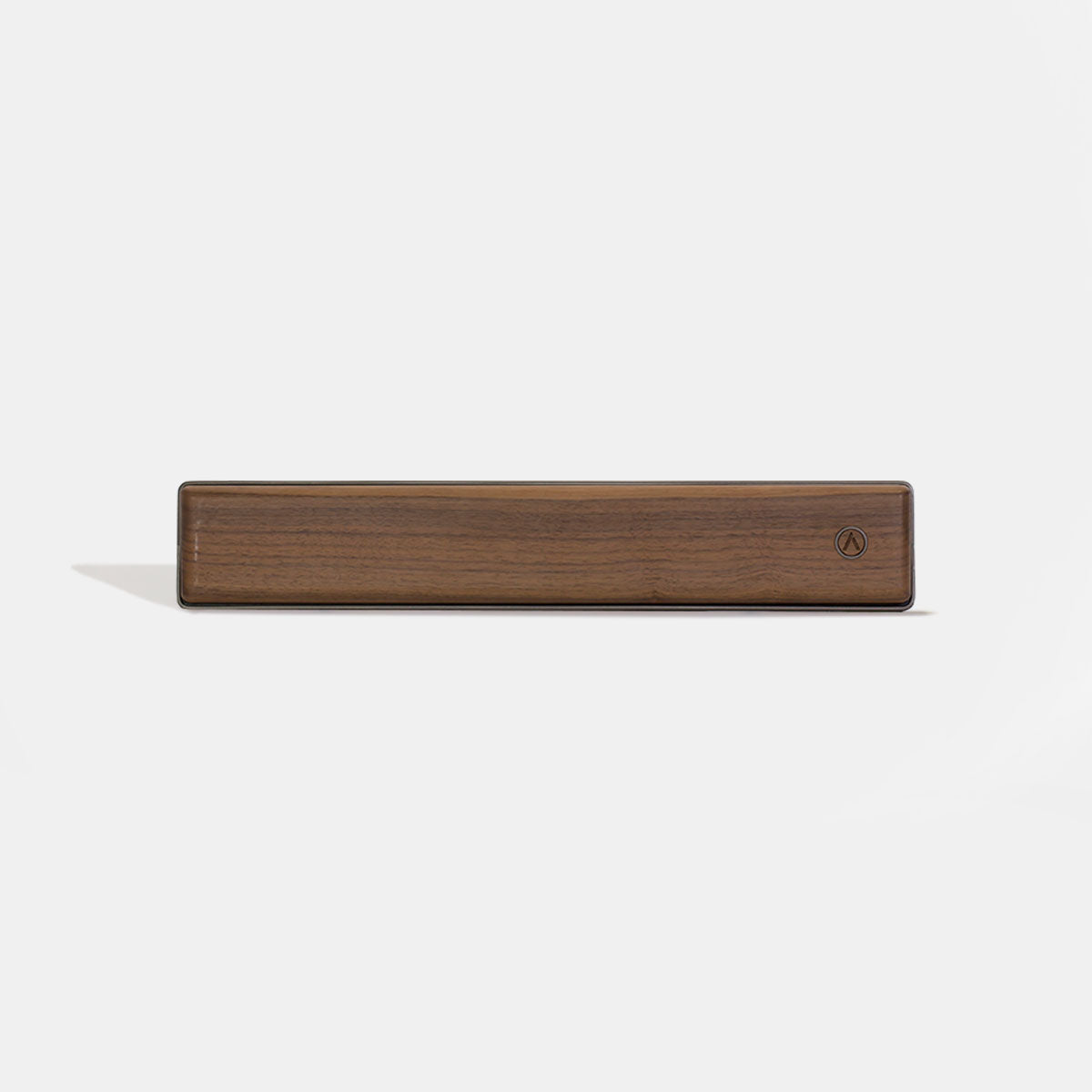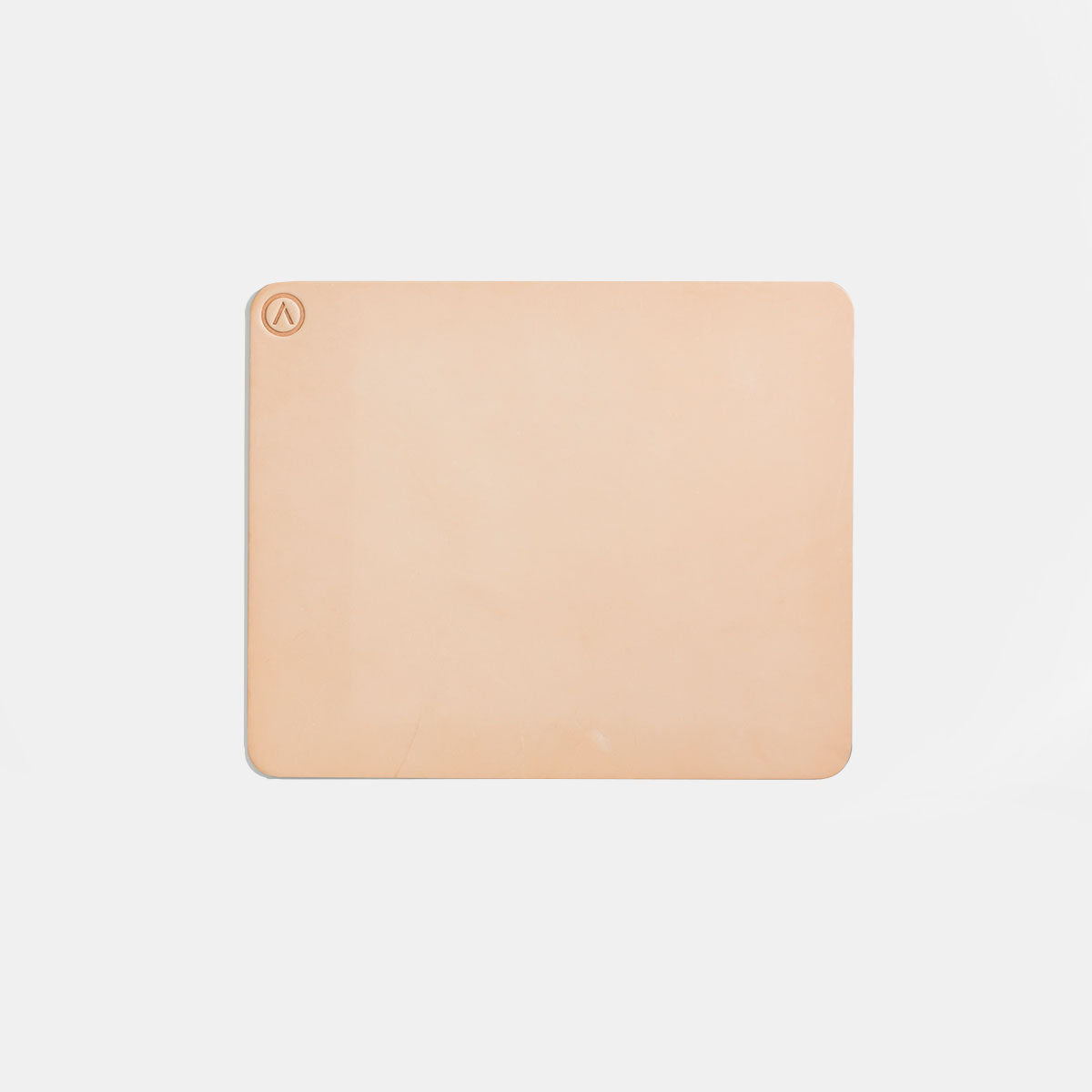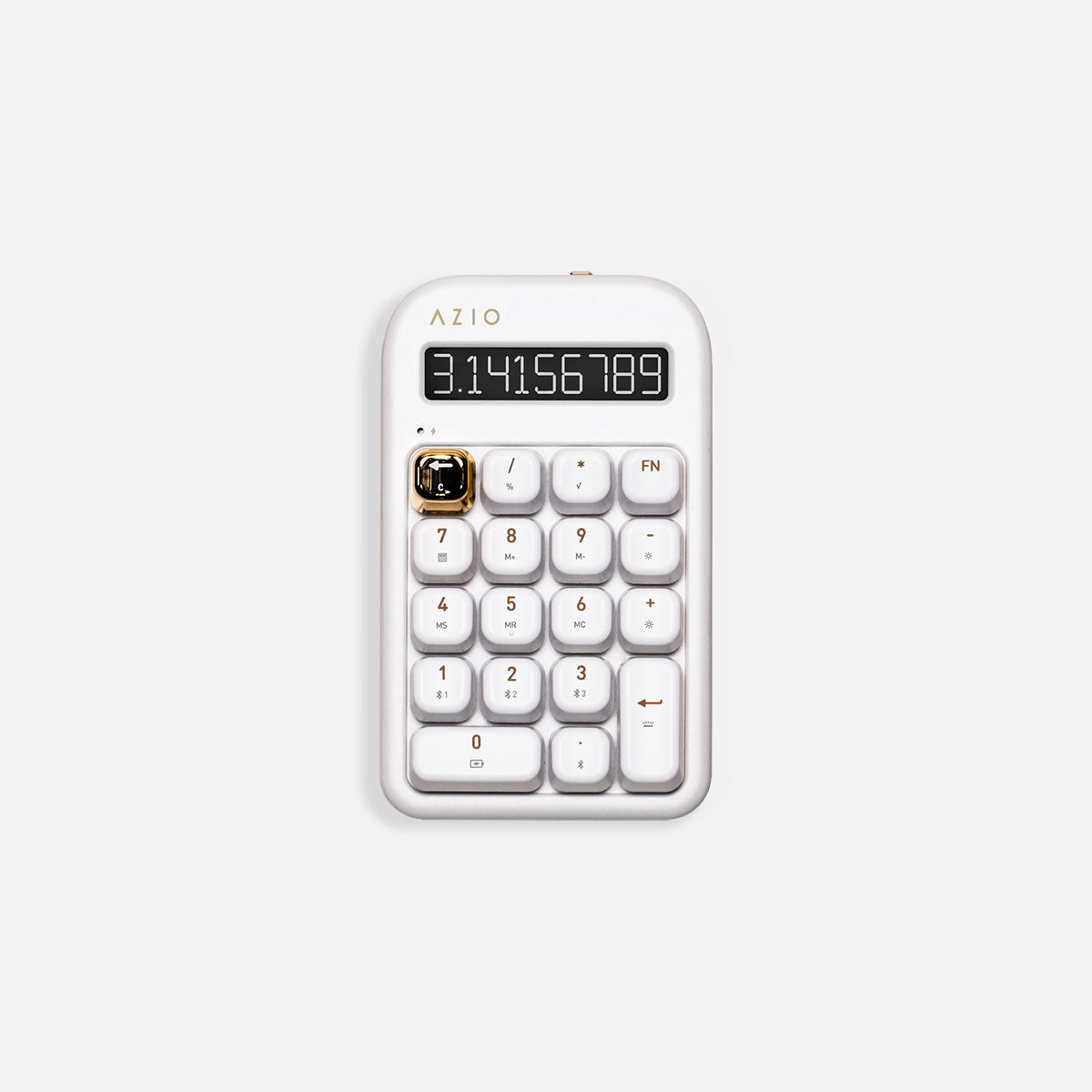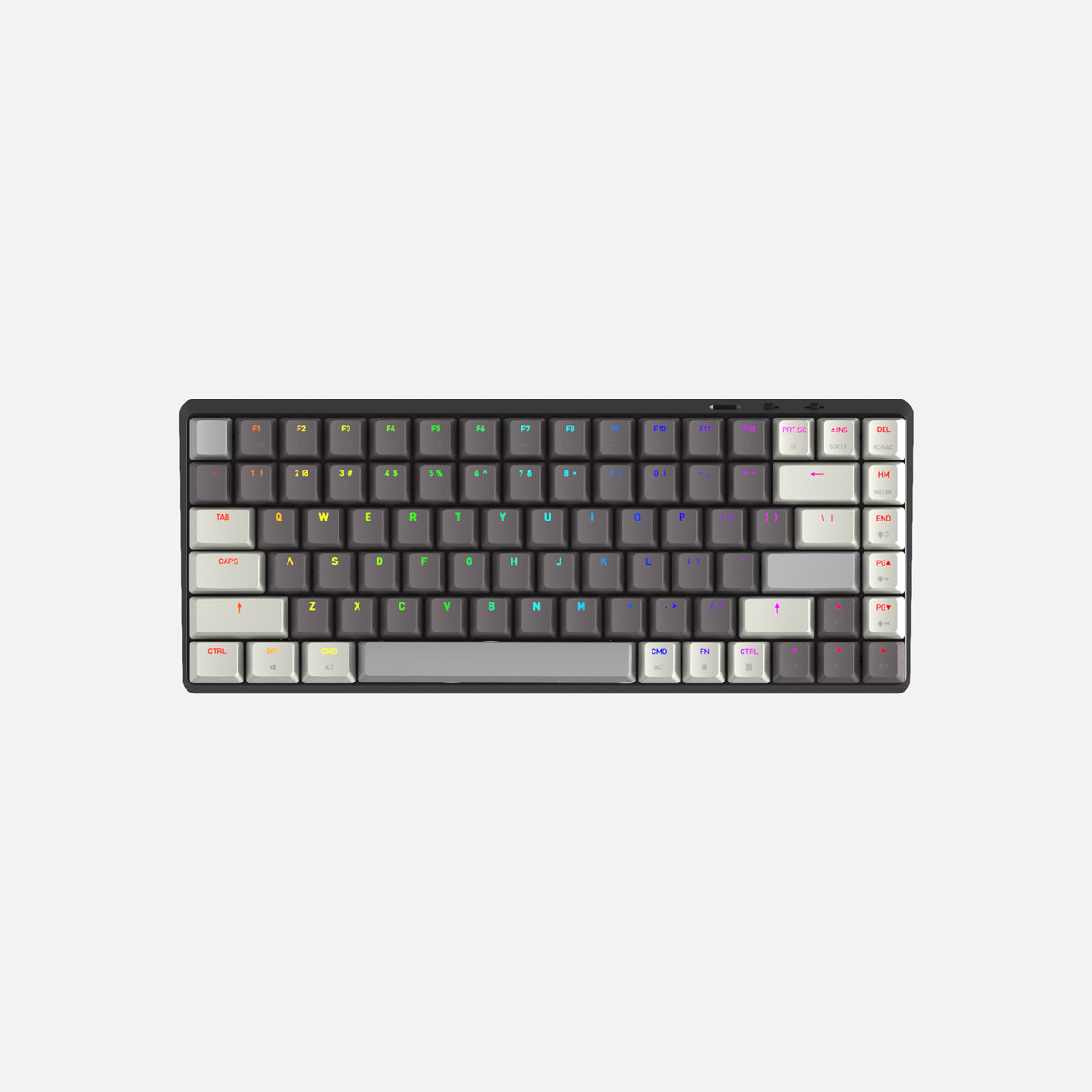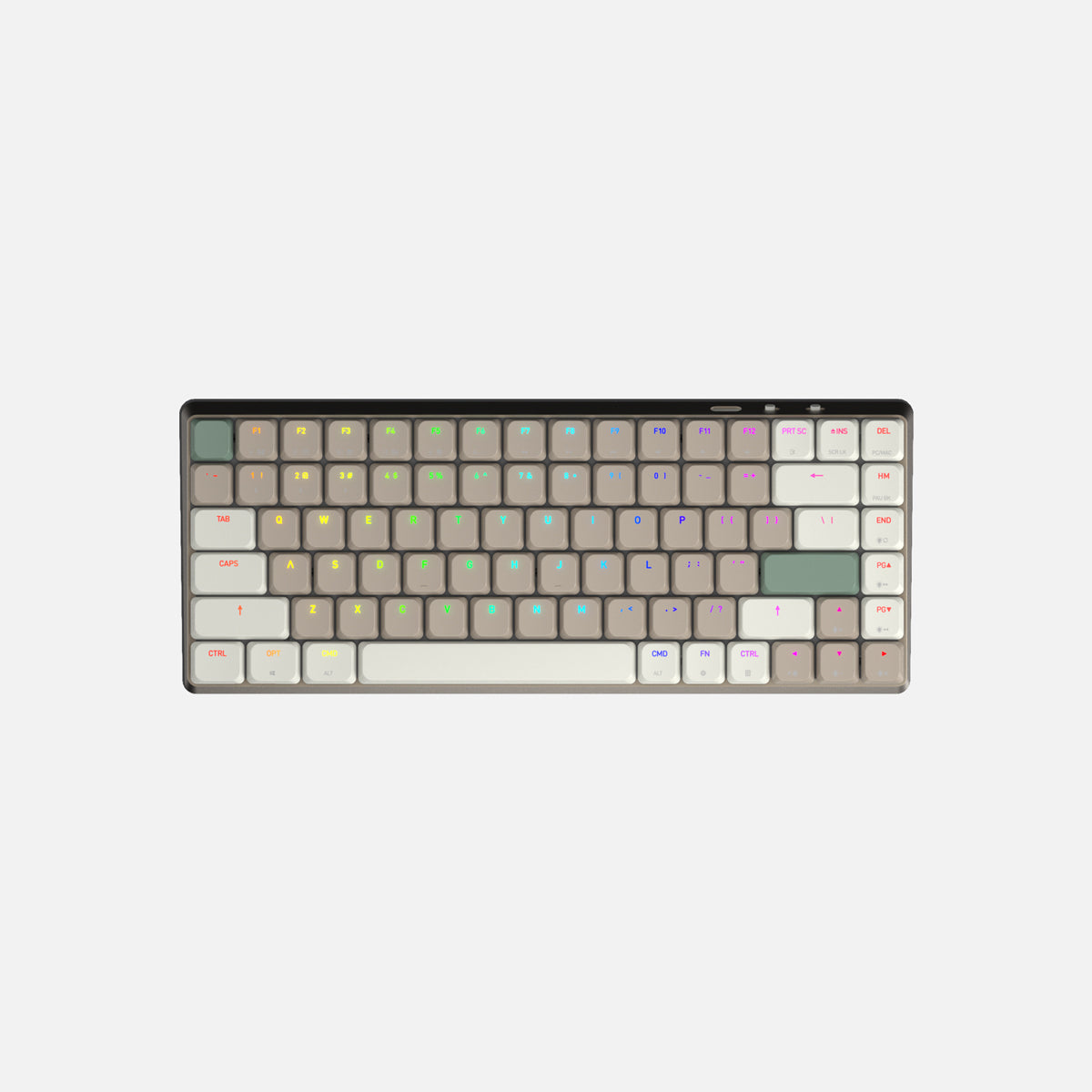What is PVD Coating?
PVD refers to Physical Vapor Deposition. PVD coating is a process used to deposit a thin material film onto a surface. The material is typically a metal or a metal alloy. The process involves evaporating the material in a vacuum chamber and depositing it onto the surface to be coated.
Why choose PVD coating? By applying the coating material at the atomic or molecular level, PVD coating results in extremely pure and high-performing coatings that may be more suitable for certain applications than other coating techniques.
PVD Manufacturing Process
The PVD manufacturing process involves heating a material (such as a metal) in a vacuum chamber until it vaporizes and then condensing the vapor onto the substrate to form a thin film.
The PVD coating procedure is performed at temperatures ranging from 50 to 600 degrees Celsius and is referred to as a "line of sight" method. The atoms vaporized from the solid material travel through the vacuum chamber and deposit themselves onto any object in their path.
To ensure proper coating of an object, it is necessary to either position it correctly within the chamber or rotate it during the coating process to coat all parts of the object.
There are several types of PVD, including sputtering, evaporation, and ion plating. The specific process will depend on the desired film properties and the deposited material. PVD is used in a wide range of applications, including in the production of semiconductors, coatings for cutting tools, and decorative coatings for watches and jewelry.

The Coating Materials
Various materials are commonly used for PVD coatings, including titanium, zirconium, copper, aluminum, and stainless steel. Gold is also a popular choice for aerospace electronics applications. Coatings can be applied to various substrates such as nylon, plastics, glass, ceramics, and metals.
Benefits of Using PVD Coatings
PVD coatings are durable because they are applied in a vacuum environment, which allows for the deposition of the coating material in a highly controlled and pure form. This results in a dense, hard, and smooth coating that is highly resistant to wear, corrosion, and high temperatures.
PVD coatings are typically applied in very thin layers, which help reduce substrate stress and improve the coating's overall durability.
PVD coatings are also high-temperature tolerant. The deposition process occurs at high temperatures, which allows the coating to bond strongly to the substrate, resulting in a high-temperature tolerance. Additionally, the coating material is typically chosen for its high-temperature tolerance properties, which further contribute to its ability to withstand high temperatures.
PVD coatings are often used in high-temperature applications such as aerospace, automotive, and industrial gas turbine components.

The Use of PVD Coatings on Product Design and Technology
PVD coatings can be used to create a variety of decorative finishes such as gold, rose gold, black, and bronze. These finishes can be used to create a unique look for a product and can also be used to match a specific brand or design aesthetic.
PVD coatings are considered a premium finish for mechanical keyboards within the keyboard community. They are appreciated for their durability, resistance to wear and tear, and ability to provide a high-quality, unique look to the keyboard.
Additionally, PVD coatings can create various finishes, such as a matte or glossy finish, giving the keyboard a customized look. Some people in the keyboard community have reported that PVD-coated keycaps can feel smoother and provide a slightly different typing experience.
PVD is the most commonly utilized technology in the coatings industry. As product designs and developments improve, PVD coating may become a viable solution to various issues.

